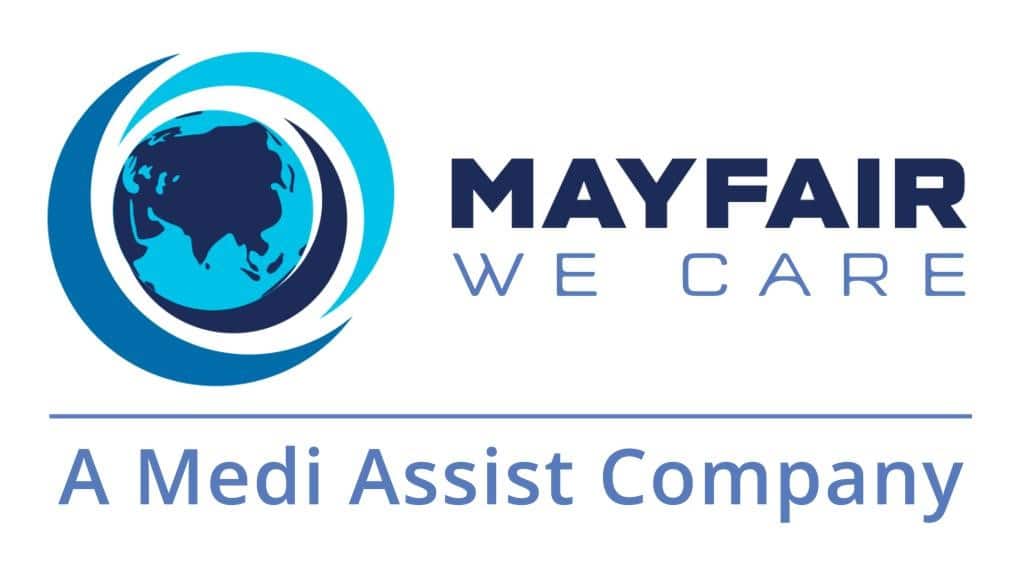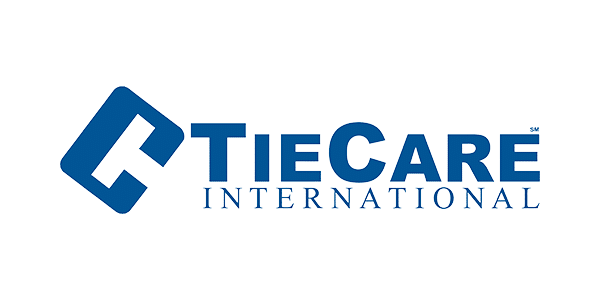Menopause is a natural event that every woman will experience. HRT (Hormone Replacement Therapy) is one of the most effective treatments for the majority of women struggling to manage these with lifestyle changes alone. The female hormones (oestrogen, progesterone and sometimes testosterone) can be replaced in a continuous or cyclical method to treat the symptoms.
Those choosing to start hormone replacement therapy often ask if they would be better off taking ‘compounded’ HRT as they may have come across information that it is ‘safer’, more in tune with what the body produces and carries a smaller risk of breast cancer compared to conventional or regulated hormone therapy.
It is essential to understand that both types of hormone replacement therapy are synthesized in a laboratory. Here is some information about these :
Compounded bio-identical hormones
Compounded bio-identical hormones are produced in independent specialist pharmacies as duplicates of human hormones. They come in a cream, vaginal pessary or troche form. They are not regulated and content can vary between pharmacies.
They contains bio-identical hormones – oestrogen (as oestradiol -E2, estriol -E3 and estrone -E1) in its three forms, progesterone, and may contain other hormones such as testosterone, pregnenolone or DHEA. The logic behind ‘compounding’ is to obtain a particular ratio between the different hormones and create a custom-made preparation to treat a woman’s menopausal symptoms.
These are not recommended by menopause societies the world over.
Regulated HRT
Regulated HRT contains duplicates of human hormones produced by pharmaceutical companies in a conventional way and under strict conditions. Production is regulated by a central regulatory authority of every country ( e.g. MHRA in the UK/ HSA in Singapore). It is the recommended choice by menopause societies worldwide due to its safety. Contains oestrogen or progesterone/ progestogen as a standard preparation. Formulation includes pills, patches or a gel. Testosterone can be added for specific indication ( currently no female licensed preparation available).
‘Body Identical HRT’ is sourced from a type of yam species. It is now available as a standardised preparation and is similar in chemical structure to a women’s own hormones. This is available as Oestrogen gel and micronized natural progesterone.
Benefits of Body Identical Progesterone:
Associated with Lower Risk of Breast Cancer
Micronised progesterone has been shown in studies to have a breast neutral profile or lower risk of breast cancer (long term studies are ongoing). It’s important to note that the increase in breast cancer risk with HRT is low anyway when used within 10 years of menopause and comparable to obesity, excessive alcohol intake and physical inactivity. Dydrogesterone ( pill form) has also been shown in studies to be safer for breast health.
Relief from insomnia
Oral micronized progesterone passes through the liver after ingestion and produces a calming intermediate substance that relieves anxiety and brings on sleep – a desirable effect for most women around menopause. Compounded bio-identical hormones contain progesterone as a gel or cream applied to the skin. Unfortunately, this does not seem to help with sleep as much as oral micronised progesterone.
Favourable effect on lipids and the heart
Micronised progesterone can be safer from the cardiovascular perspective.
Certain synthetic types of progesterone may produce more side effects (water retention and mood changes). Hence, the body identical micronized form is a great choice to offer women.
Benefits of Body Identical Oestrogen (Transdermal):
Oral oestrogen hormone increases the risk of deep vein thrombosis, whereas the gel does not carry this risk ( the patch is similarly safer). This has makes it safe to try in women who are at risk of deep vein clots and those with certain types of migraine ( with aura symptoms).
Menopause societies all over the world do not recommend compounded bio-identical HRT due to the following concerns:
- The purity, potency and efficacy can be variable as individual specialist pharmacies are not regulated when compared to pharmaceutical grade HRT. Dosing errors and contamination are possible.
- There isn’t clear evidence that combining hormones by compounding them is the best practice for treating menopausal symptoms.
- The dosage of oestrogen to manage menopausal symptoms could end up being too high or too low and is harder to determine in compounded preparations. This can place a woman at risk of side effects. Furthermore, no studies prove that compounded oestrogen can provide adequate protection against weakening of the bones ( osteoporosis).
- Progesterone is the hormone that protects the uterine lining from becoming too thick and opposes the effect of oestrogen. There is a concern that progesterone in a cream form in compounded HRT may have erratic absorption placing the woman at risk of uterine cancer.
- Including DHEA, testosterone or other hormones in custom-made compounded preparations runs a risk of side effects.
- The cost of compounded HRT is often higher than regulated body identical HRT. The latter is affordable for most.
- Expensive hormone testing (blood or saliva) can often be a part of prescribing ‘bio-identical’ HRT as prescribers want to provide ‘precise/individualized treatment. There is no evidence that these levels are accurate and should not be used to guide treatment.
To summarise:
- You may for regulated body identical HRT over compounded bio-identical HRT. The former is regulated and has been well studied for efficacy and safety.
- Relief from menopausal symptom control and maintenance of bone density is often enough to judge if adequate doses are being administered.
- Regulated body identical HRT appears to have some advantages over other types of HRT, but further studies are needed.
Contact us if you’d like to find out more information on the HRT options we have available at IMC.

Dr Charu Narayanan is a family practitioner who has trained and worked in the UK and is now based in IMC – Katong. Please call 6733 4440 (Ext 4) to make an appointment with Dr Charu.



































